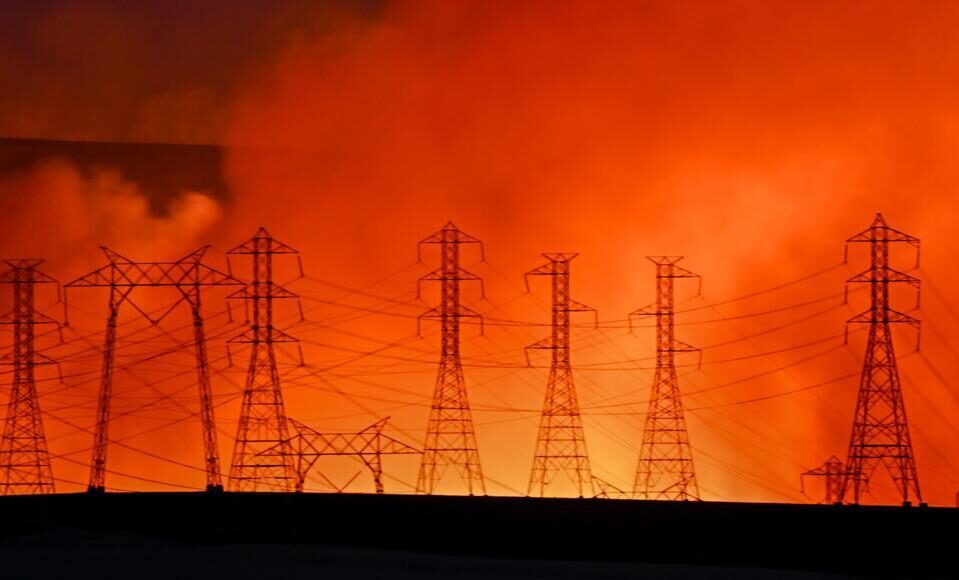Thousands of people were ordered to evacuate parts of California’s San Joaquin County overnight as first responders continued to fight a wildfire that broke out Saturday afternoon and had spread to more than 12,500 acres as of Sunday morning, with the fire still largely uncontained.
The fire started near Lawrence Livermore National Laboratory Site 300, where explosive materials and hydrodynamic equipment are developed and tested, and quickly spread, jumping a major interstate and pushing south.
Interstate 580 was closed Saturday and remains closed Sunday from the Alameda County to Stanislaus County, while evacuation orders continued to widen overnight as local fire officials reported containment had dropped from 40% to 13%, before bringing it back up to 15%.
The cause of the fire is under investigation.
Dry conditions and gusty winds contributed to the fire’s rapid spread, according to Fox Weather, and two firefighters have been injured since the blaze began.
The area is under an excessive heat watch with high temperatures between 95 and 107 degrees Fahrenheit are expected, according to the National Weather Service, and high winds are expected to keep up overnight, according to CNN.
The fire started about 70 miles east of San Francisco and almost 80 miles south of Sacramento—the nearest major city is Modesto, about 30 miles east, which is home to about 200,000 people.
14. That’s how many large wildfires (where 300 or more acres were burned) there have been in California so far this year, according to nonprofit media group Cal Matters. So far, 34,400 acres have burned.
California has the most wildfires between the months of April and October, but wildfire season is lengthening and the fires worsening due to climate change, scientists say. The Environmental Protection Agency in February warned that fires in the state are expected to continue to increase in intensity and frequency, which stands to not only destroy property and end lives, but permanently worsen air quality. Increasing heat and severe drought have been blamed for starting, and fueling, more wildfires.
In Hawaii last year, hurricane-force winds pushed wildfires into areas impacted by drought and grounded helicopters meant to help fight the blaze, fueling the deadliest U.S. fire in more than a century. Nearly 100 people died, the historic town of Lahaina was leveled and thousands of homes, cars and businesses were destroyed in the fire, which the National Oceanic and Atmospheric Administration estimated caused $5.6 billion in damage.








